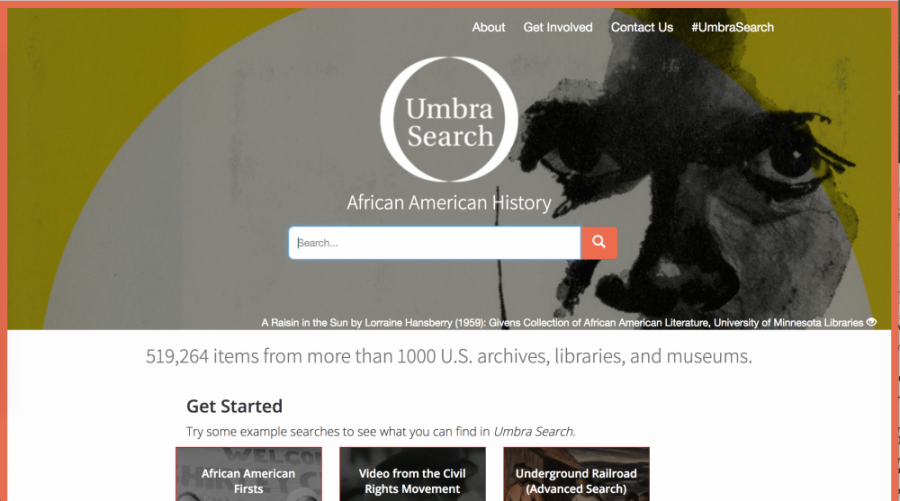From handwritten 17th-century letters to underground hip hop albums from the 1970s, a whole bevy of African-American historical artifacts are now available via the University of Minnesota’s Umbra search.
The site, which houses digital African American archives, is now completely free and open to public — just in time for Black History Month.
With more than 500,000 materials from nearly 1,000 institutions, the site was created as a central repository for use by researchers, teachers, students, artists and faculty, said Cecily Marcus, curator of the Archie Givens, Sr., Collection of African American Literature at Anderson Library.
The project is a national initiative between several institutions, such as Yale University and the Smithsonian Institution, but was led by the University.
Nearly 50 percent of the collection’s materials come from the Digital Public Library of America, Marcus said.
The site’s singular focus on African American culture and history makes it unique, she said.
“There’s a lot of information you might not be able to get in school,” said Dorothy Berry, who leads the project’s digitization process.
The site collects everything from art and music to letters and clothing, Berry said. It gives users a well-rounded picture of black culture during a given time period, she said.
“In that way, Umbra gives you a jumping off point [to learn],” she said.
And teachers at St. Paul’s Gordon Parks High School are already using the site in classes.
Jamie Tomlin, an English teacher at Gordon Parks, said the accessibility the search provides is useful for high school students, since similar materials are usually only available at museums or libraries.
Tomlin co-teaches a class at Gordon Parks with University professor Catherine Squires on African American history in the Minneapolis-St. Paul area.
Aside from using the site during Black History month, Tomlin said senior students are already planning to use it for final projects.
Tomlin said the site is proving useful in teaching students, allowing them to engage with aspects of African American history that might not usually be discussed in the classroom.
“The students are becoming digital historians,” Tomlin said.
The Umbra project will continue to digitize items as it goes on, Berry said.
Currently, Berry said she is working with the Jean-Nickolaus Tretter Collection in GLBT Studies and Kerlan Collection of children’s stories to find archival materials that intersect with African American history.
Every four months or so, Marcus said, the University will go through its own and other institutions’ collections to see if there’s anything new to add; the collection could even double over the course of this year.
“[The site] gives you a perspective beyond just a paragraph in a textbook,” Berry said.








